Zoo Awareness Day takes place on the 31st of August each year. Why? It stems from the growing recognition of the crucial work that modern zoos do beyond just housing animals. Zoos have evolved significantly over the past decades, transforming into centres for conservation and education. We want to highlight the efforts of zoos worldwide to protect endangered species and educate visitors about biodiversity and scientific research. It is hoped the day will raise more awareness about the importance zoos play in wildlife conservation, education and research. Playing a critical role in educating visitors about wildlife and the importance of conservation as well as providing safe havens for endangered species, participate in breeding programmes and work on habitat restoration projects.
Some of the work that goes on at the Wingham Wildlife Park includes our ongoing work with Bristol Zoological Society to increase wild populations of white-clawed crayfish. This species remains endangered in Europe and suffers many threats. Habitat loss, fragmentation, pollution and the most impactful being the invasive signal crayfish. They are a carrier of the crayfish plague which is fatal to white-clawed crayfish. Since 2020, we have been working with the East Kent White Clawed Crayfish Group to survey suitable habitats for ark sites to help boost Kent’s existing populations of White Clawed Crayfish.
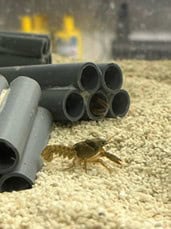
We are involved in over 30 EEPs and 10 ESB programs across all sorts of species, from big cats to invertebrates. An EEP, or EAZA (European Association for Zoos and Aquaria) Ex-situ Programme, is a coordinated breeding program designed to manage and conserve endangered species in European zoos. It is a collaboration between zoos, conservation organisations and governmental bodies to ensure the long-term survival of threatened species. The main goal of an EEP is to maintain a healthy and genetically diverse population of a species, with the aim of eventually reintroducing them into the wild. One of our current EEPs is for the critically endangered lemur leaf frog. Since 2022, we have been committee members for the species and have housed the species in a dedicated, specialised Frog Room. This room operates in isolation from all other areas in the park as a quarantine environment to protect this sensitive species however you can look into it through the window in the reptile house and might be able to catch of glimpse of this rare species.
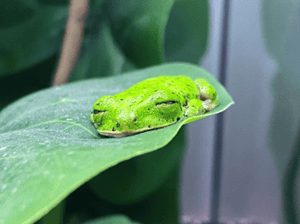
While the EEP focuses on the actual breeding and genetic diversity of species, the ESB is a less intensive programme which collects data on species but does not necessarily make recommendations about animal movements or breeding. An ESB still has a studbook keeper, but they may not have the authority to enforce if a zoo transfers or breeds certain animals within the population. If a more rigid management is needed of a species, then it may be proposed that that species is managed as an EEP instead. One key challenge that zoos will face is the changing landscape of conservation and zoos will need to stay up to date with the latest research and methodologies to effectively manage EEPs and ESBs.
Collaboration between zoos and other stakeholders, such as conservation organisations and government agencies, will be crucial in shaping the future of EEPs and ESBs. By working together, we can share knowledge, resources and expertise to ensure the long-term viability of these programs and the potential for genetically viable individuals to be put back into the wild when appropriate safe spaces are found for them. In 2022, Wingham Wildlife Park in collaboration with Viet Nature, established a five year project to strengthen the critically endangered Vietnamese crested argus at Dong Chau-Khe Nuoc Trong Nature Reserve in Vietnam. By the end of 2023, the foundations of the project were in place, with the project fully fledging in 2024. There has been a lot of data collected from camera traps that were put out in the reserve and analysed, initial reviews show positive crested argus sightings which is a great sign that these surveys will yield some useful results.
Some of our animals here at Wingham have undergone genetic testing to ensure that their genetic information is correct and we know exactly which subspecies of a species they are. Our chimpanzees under went genetic testing via hair samples to see which of the four subspecies they are or if they are a mixture to allow the studbook keepers to make an informed decision about who can breed with who.
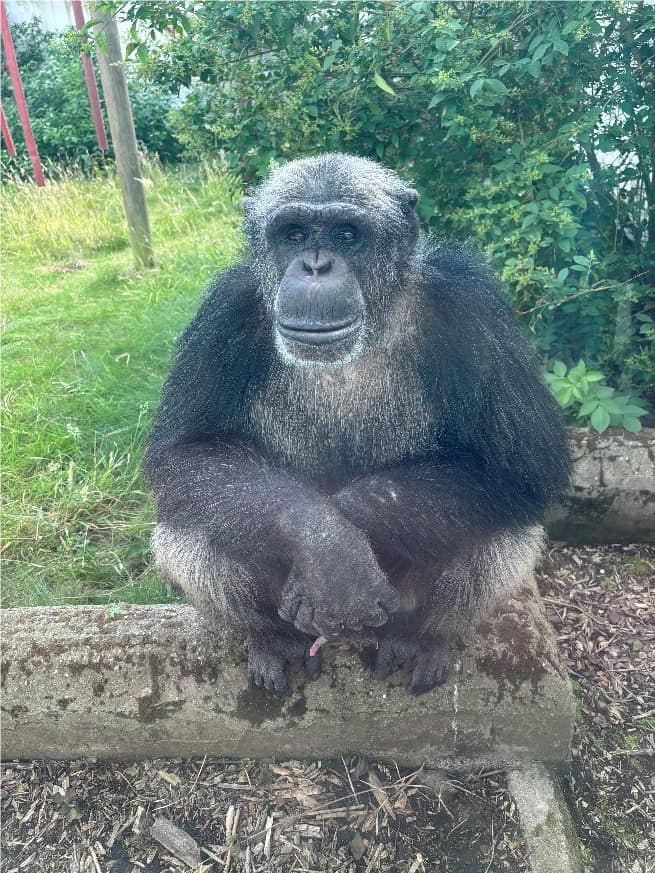
Zoos today aren’t about cages and curiosity, at Wingham Wildlife Park we strive to make it a place where wildlife is celebrated, protected and understood. Your visit supports rescue efforts, species survival and education for generations to come. Thank you all for your continued support over the years and hopefully to many more.
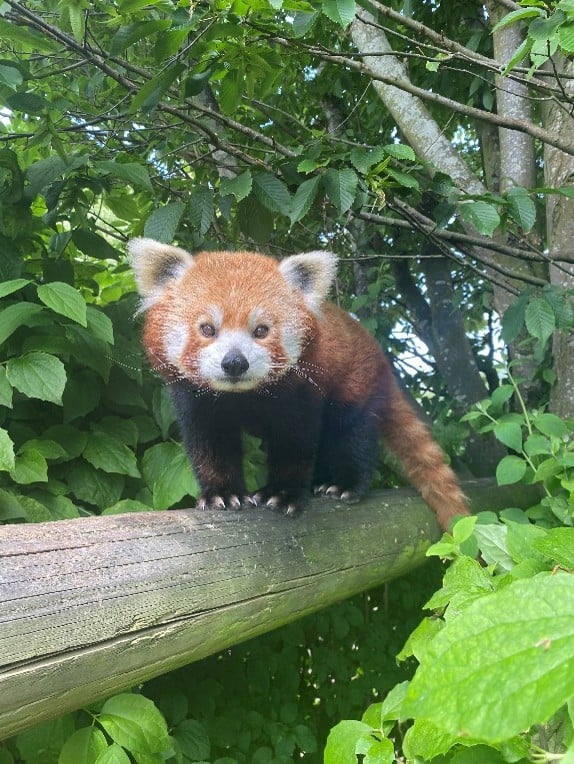
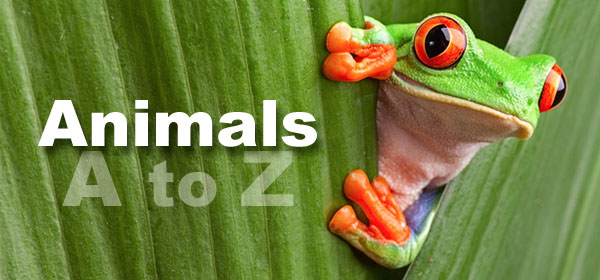

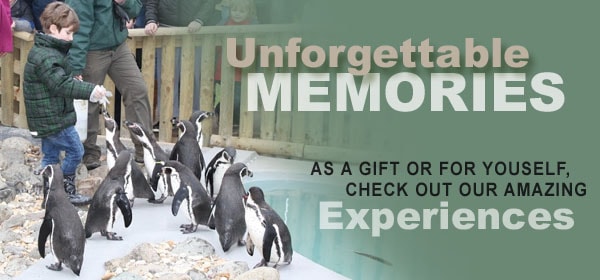
No Comments
Be the first to start a conversation